介绍
Robot Framework是一个基于Python的自动化测试框架,它可以帮助测试人员更方便、高效地进行自动化测试。
这个框架的主要特点是“关键字驱动”,也就是说,测试人员不需要自己编写复杂的测试代码,而是可以使用预定义的关键字来编写测试用例。这些关键字实际上是一些操作或功能的描述,测试人员只需要根据测试需求选择合适的关键字组合,就可以完成测试工作。
Robot Framework支持多种类型的测试,包括接口测试、GUI界面测试、数据库测试、APP测试等。测试人员可以根据需要选择相应的测试库,或者使用Python或Java来扩展测试功能。同时,Robot Framework也提供了丰富的测试库和工具,使得测试工作更加便捷。
总的来说,Robot Framework通过关键字驱动的方式,简化了自动化测试的流程,提高了测试效率。对于不懂编程的测试人员来说,也可以轻松上手,参与到自动化测试中来。
一些推荐视频以及文档
【RobotFrameWork做Web自动化测试】11-执行脚手架_哔哩哔哩_bilibili
robot_framework的robot语法与python脚本之间的语法转换-CSDN博客
语法
Settings(设置):配置测试环境和引入相关文件
示例
*** Settings ***
Documentation This is a sample test suite.
Library SeleniumLibrary
Suite Setup Open Browser https://www.example.com chrome
Suite Teardown Close BrowserVariables(变量):定义全局或局部变量,方便在测试中重复使用
示例
*** Variables ***
${USERNAME} example_user
${PASSWORD} example_password
*** Test Cases ***
Valid Login
Input Text username_field ${USERNAME}
Input Password password_field ${PASSWORD}
Click Button login_buttonTest Cases(测试用例):定义具体的测试步骤和断言
示例
*** Test Cases ***
Login with valid credentials
[Documentation] This is a sample test case.
[Tags] Smoke
Open Browser https://www.example.com chrome
Input Text username_field ${USERNAME}
Input Password password_field ${PASSWORD}
Click Button login_button
Page Should Contain Element welcome_message
Logout
[Documentation] This is another sample test case.
[Tags] Smoke
Log Logging out from the application.
Click Element logout_button
Page Should Contain Element login_button
Keywords(关键字):定义可重复使用的测试步骤
示例
*** Keywords ***
Input Text
[Arguments] ${locator} ${text}
Input Text ${locator} ${text}
Input Password
[Arguments] ${locator} ${text}
Input Password ${locator} ${text}
Click Button
[Arguments] ${locator}
Click Button ${locator}
Page Should Contain Element
[Arguments] ${locator}
Page Should Contain Element ${locator}
Click Element
[Arguments] ${locator}
Click Element ${locator}
快速开始
官方文档:Robot Framework
一,下载
pip install robotframework
若要检查安装是否成功,请运行
robot --versionpycharm配置robot插件 (可不安装,插件辅助写代码更容易)
打开【File】-【Settings】
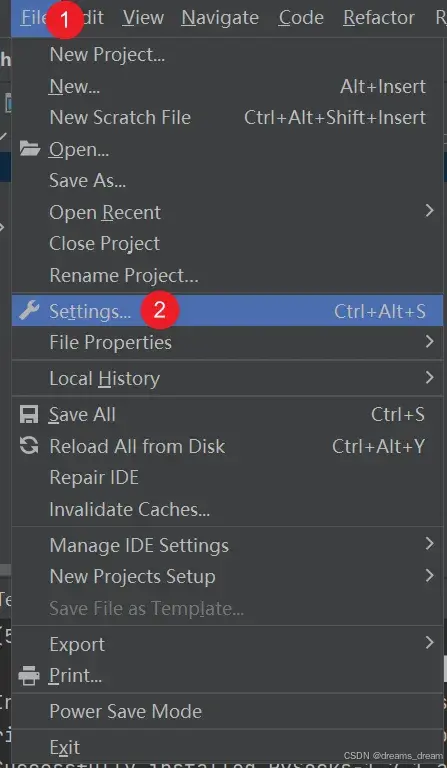
安装对应的插件 搜索RobotFramework Support
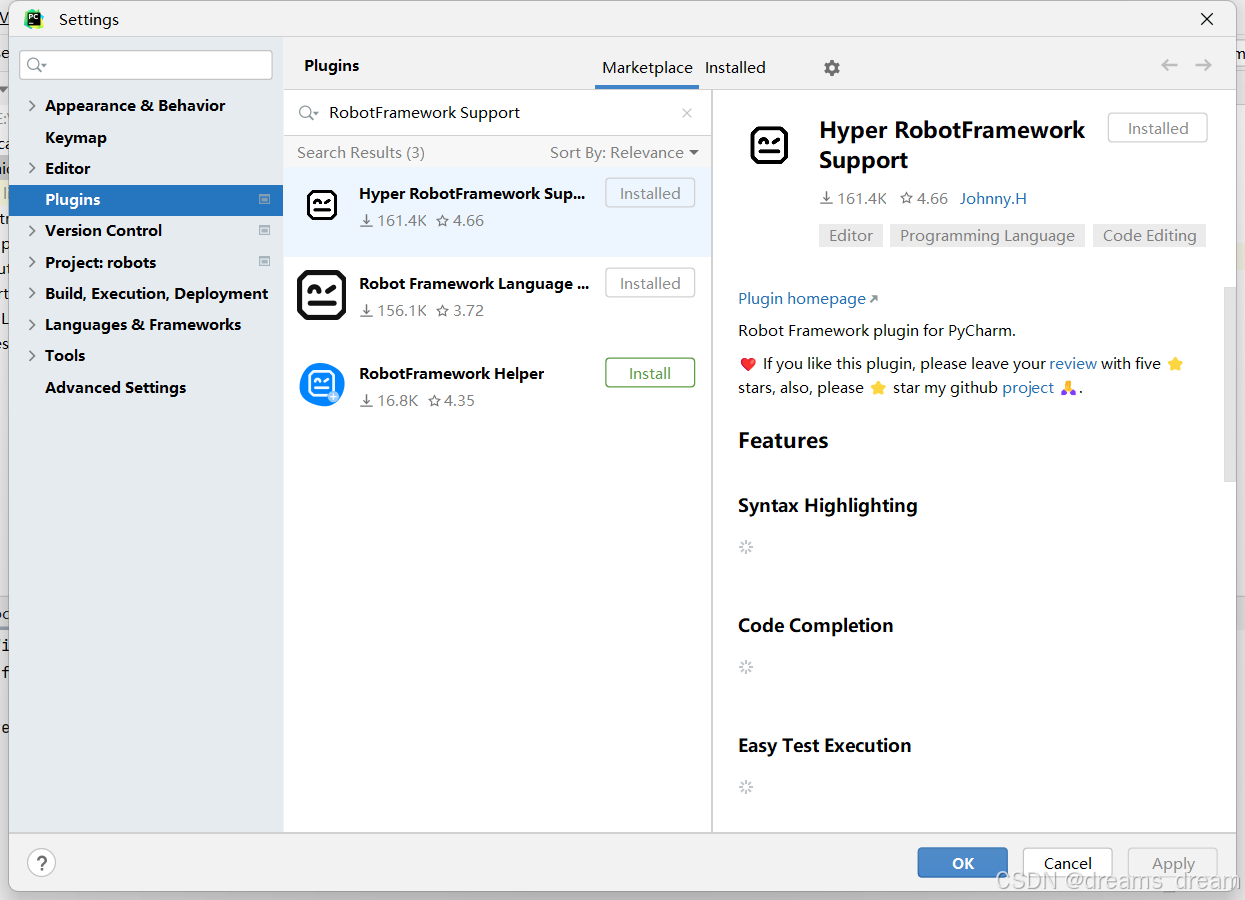
二,简单的使用案例
1,操控谷歌浏览器打开百度
使用依赖库SeleniumLibrary
SeleniumLibrary的github地址
https://github.com/robotframework/SeleniumLibrary/
SeleniumLibrary关键字文档
https://robotframework.org/SeleniumLibrary/SeleniumLibrary.html
下载
pip install --upgrade robotframework-seleniumlibrary下载chrome

查看浏览器的版本
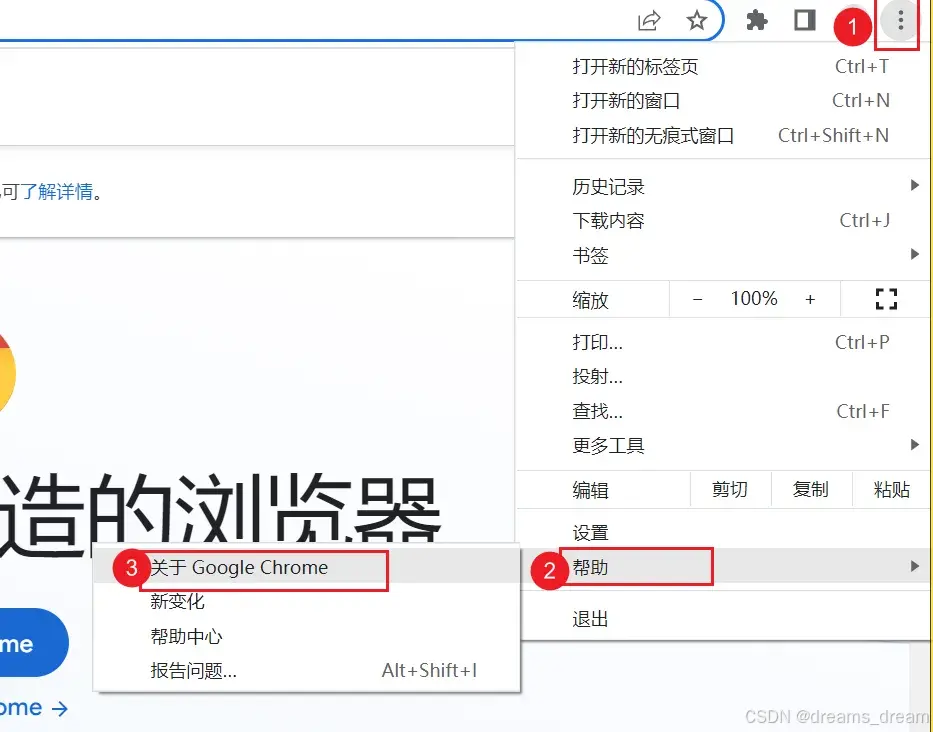
找到自己浏览器的版本信息
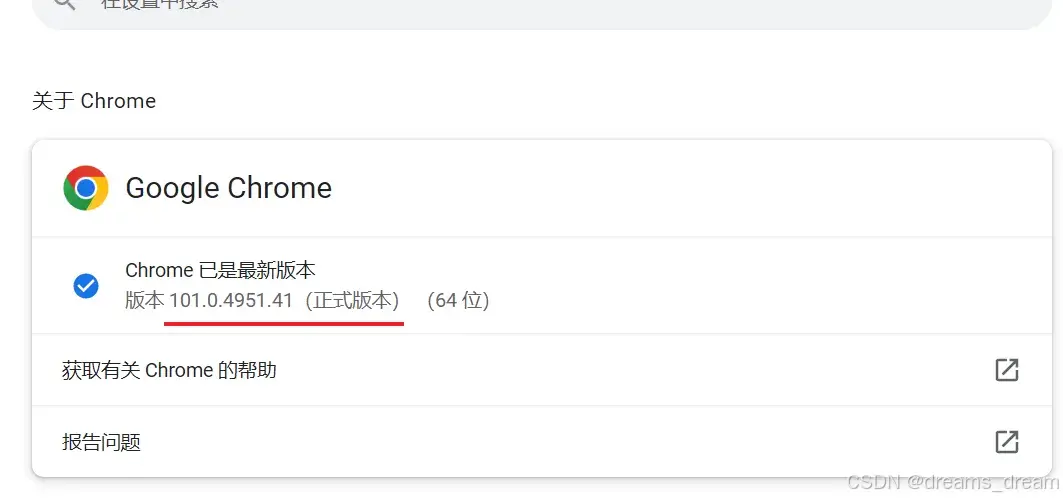
记录下当前浏览器的版本号。
下载驱动
可以从淘宝镜像上下载: CNPM Binaries Mirror
下载的时候根据自己的浏览器版本下载对应的驱动

最新版本谷歌浏览器驱动可访问Chrome for Testing availability下载
将驱动放在环境变量

因为安装python的时候已经将python放在环境变量中了,所以现在将chromedriver直接放在python的安装路径即可。
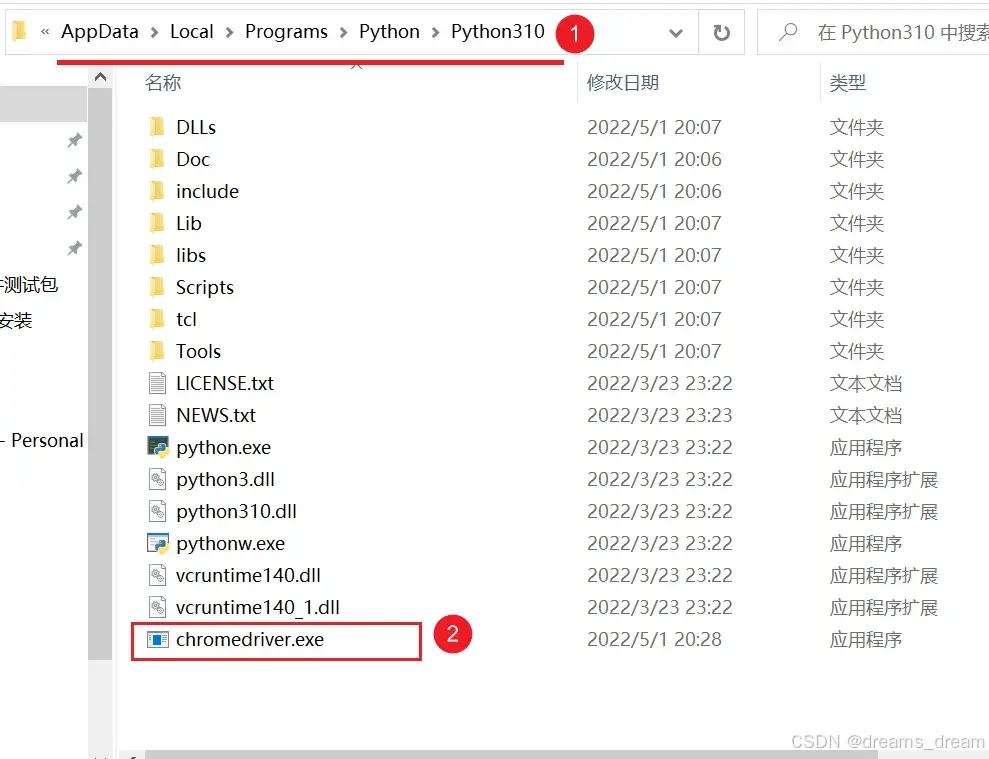
目录以及文件创建
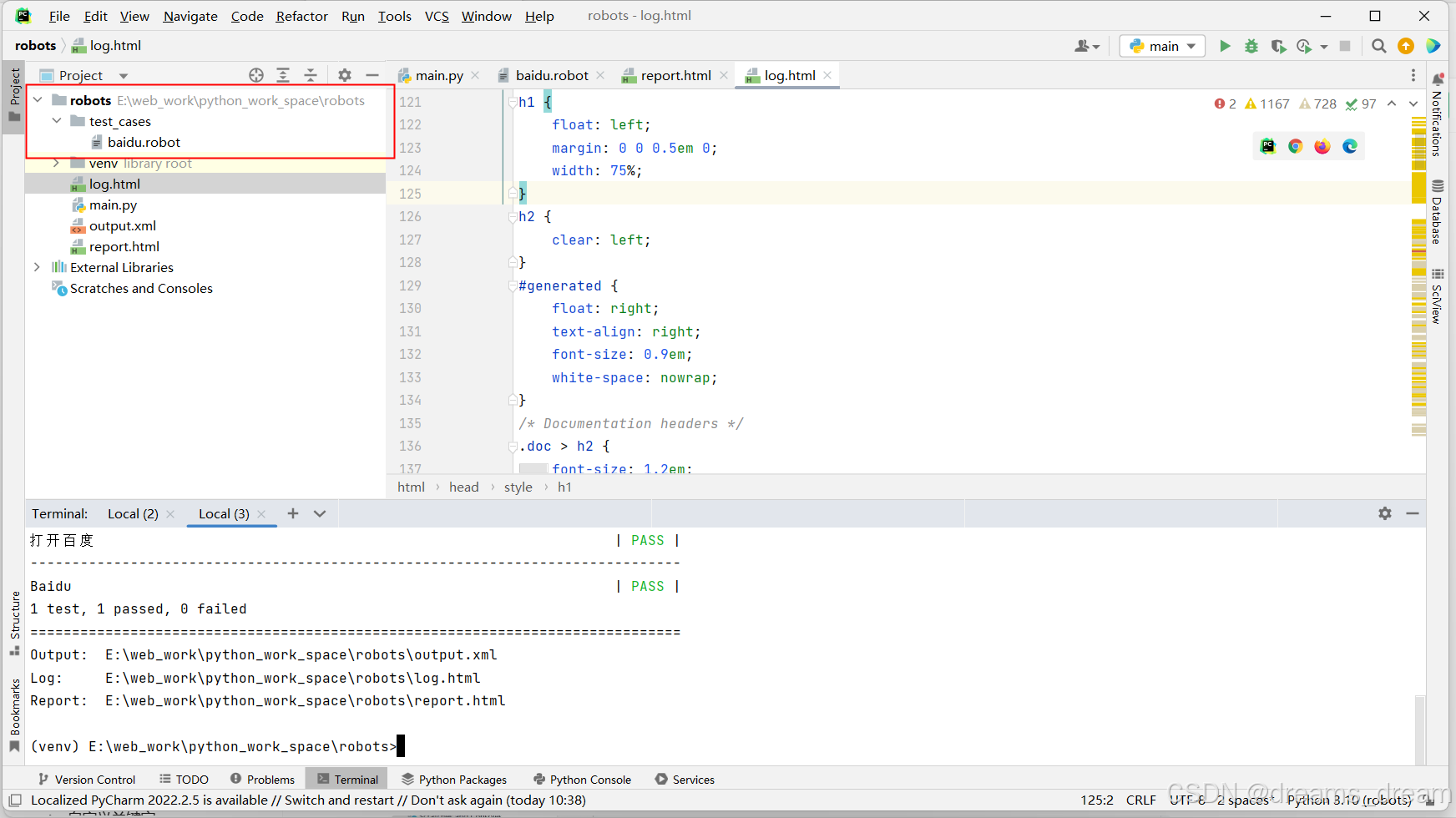
baidu.robot
*** Settings ***
Library SeleniumLibrary
*** Test Cases ***
打开百度
Open Browser https://www.baidu.com/ browser=chrome运行
robot .\test_cases\baidu.robot在Robot Framework中,你可以通过命令行参数来设置日志的输出位置。当你运行Robot Framework测试用例时,可以使用--output、--log、--report和--xunit等参数来分别指定输出文件、日志文件、报告文件和xUnit兼容的结果文件的路径。
robot --output ./output/output.xml --log ./log/log.html --report ./report/report.html --xunit ./xunit/xunit.xml .\test_cases\baidu.robot运行优化
通过python去运行robot
创建一个run.py文件
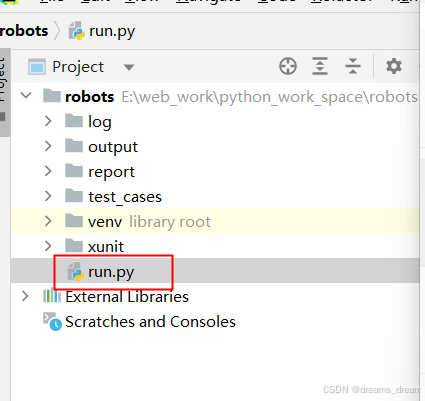
#run.py代码
import argparse
import subprocess
import os
def run_robot_tests(test_file, output_dir, log_dir, report_dir, xunit_dir):
# 构建命令行参数
cmd = [
'robot',
'--output', os.path.join(output_dir, 'output.xml'),
'--log', os.path.join(log_dir, 'log.html'),
'--report', os.path.join(report_dir, 'report.html'),
'--xunit', os.path.join(xunit_dir, 'xunit.xml'),
test_file
]
# 执行Robot Framework测试
try:
subprocess.check_call(cmd)
except subprocess.CalledProcessError as e:
print(f"Robot Framework tests failed with exit code {e.returncode}")
return e.returncode
else:
print("Robot Framework tests executed successfully.")
return 0
if __name__ == '__main__':
# 解析命令行参数
parser = argparse.ArgumentParser(description='Run Robot Framework tests with custom output directories.')
parser.add_argument('test_file', type=str, help='Path to the Robot Framework test file (.robot)')
parser.add_argument('--output-dir', type=str, default='./output',
help='Directory for output files (default: ./output)')
parser.add_argument('--log-dir', type=str, default='./log', help='Directory for log files (default: ./log)')
parser.add_argument('--report-dir', type=str, default='./report',
help='Directory for report files (default: ./report)')
parser.add_argument('--xunit-dir', type=str, default='./xunit',
help='Directory for xUnit compatible result files (default: ./xunit)')
args = parser.parse_args()
# 确保输出目录存在
for dir_name in [args.output_dir, args.log_dir, args.report_dir, args.xunit_dir]:
if not os.path.exists(dir_name):
os.makedirs(dir_name)
# 运行Robot Framework测试
exit_code = run_robot_tests(args.test_file, args.output_dir, args.log_dir, args.report_dir, args.xunit_dir)
# 根据退出码退出脚本
exit(exit_code)运行
传递目录会运行整个目录下的.robot文件
python run.py ./test_cases
传递单个.robot文件会运行单个.robot文件
python run.py ./test_cases/baidu.robot
--output-dir;--log-dir;--report-dir;--xunit-dir参数指定输出文件、日志文件、报告文件和xUnit兼容的结果文件的路径。
python main.py ./test_cases --output-dir ./output --log-dir ./log --report-dir ./report --xunit-dir ./xunit




















 5834
5834

 被折叠的 条评论
为什么被折叠?
被折叠的 条评论
为什么被折叠?








